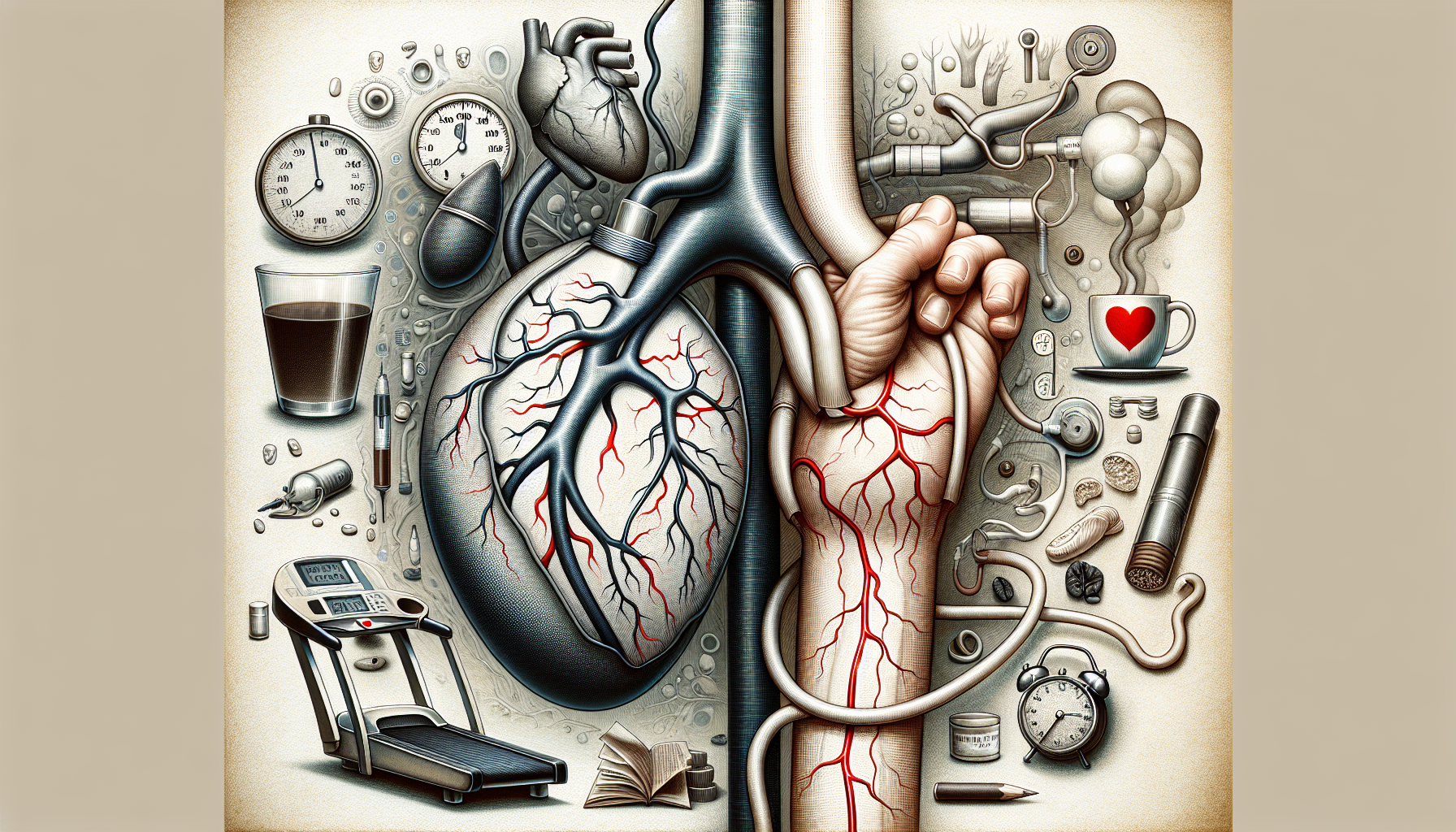
What is Hypertension?
Hypertension, also known as high blood pressure, occurs when there is too much blood being pumped into your arteries. A blood pressure reading greater than 130 over 80 is considered hypertensive. Some common symptoms of hypertension include severe headaches, fatigue, vision problems, confusion, chest pain, and difficulty breathing.
Risk Factors for Hypertension
Several risk factors contribute to the development of hypertension. These include:
- Being over the age of 55
- Lack of physical activity or inactivity
- Being overweight or obese
- Excessive drinking
- Smoking
What is Hypotension?
On the other hand, hypotension is when the blood pressure reading falls below 90 over 60, and the blood does not fully flow through the body. Symptoms of hypotension may include unsteadiness, dimming or blurred vision, weakness and fatigue, nausea, fainting, and pale, cold, or clammy skin.
Causes of Hypotension
Hypotension can be caused by various factors, such as:
- Age - it is more common in older individuals
- Pregnancy
- Hormonal issues, like hypothyroidism
- Diabetes
- Certain medications
- Cardiovascular conditions
- Heat stroke or exhaustion
- Liver disease
Monitoring Blood Pressure
Regardless of whether you have hypertension or hypotension, monitoring your blood pressure is crucial. It can be easily done at home with proper technique and equipment. Here are some tips for accurate blood pressure measurement:
- Avoid smoking, drinking caffeine, or exercising 30 minutes before measuring
- Ensure proper posture during measurement
- Run multiple tests daily to track your blood pressure changes
- Do not place the equipment over clothing
Consult Your Physician
If you have any questions or concerns about your blood pressure readings or symptoms, it is important to consult your physician. They can provide further guidance and recommend appropriate treatment or lifestyle changes to manage your condition effectively.
 13:31
13:31

No comments
Post a Comment